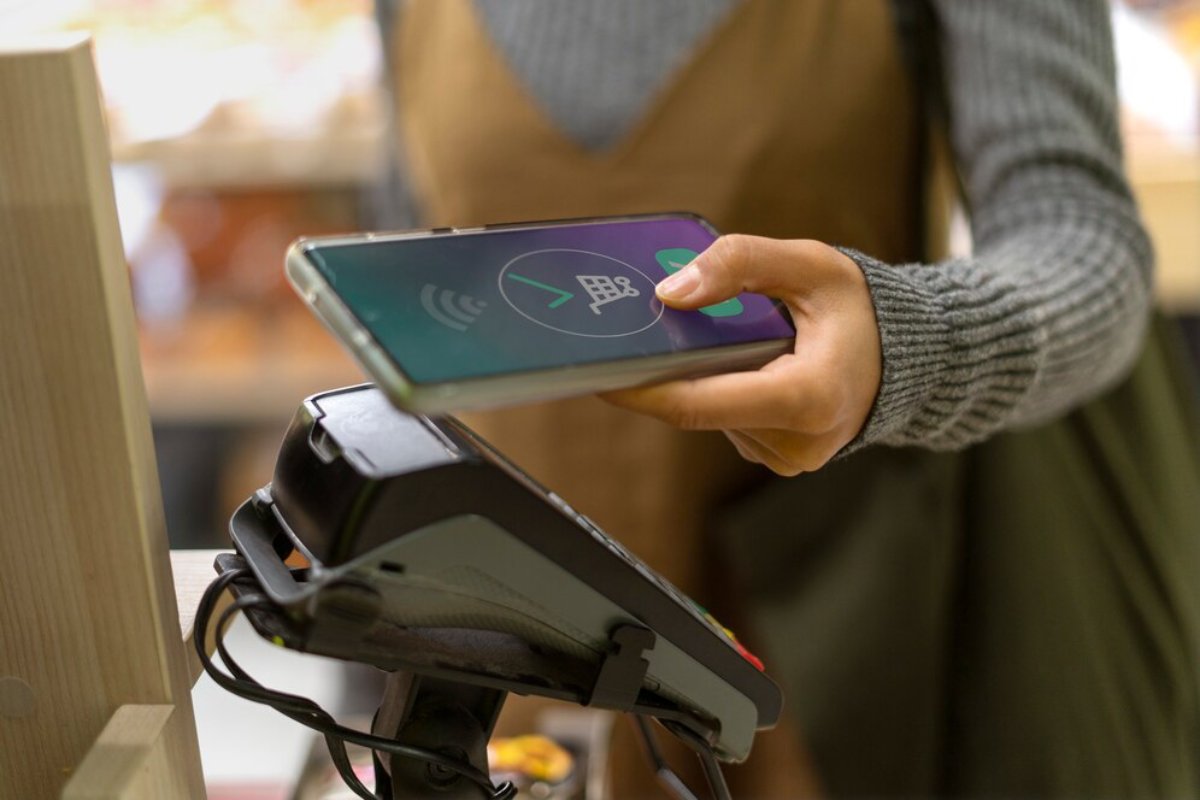
Understanding Payment Gateways: A Comprehensive Overview
Demystifying the World of Payment Gateways
Have you ever wondered what happens behind the scenes when you click “Pay Now” on an online shopping site? It’s not magic, though it might feel like it. A payment gateway is key to every smooth digital transaction. This unsung hero ensures your payments are processed securely, quickly, and efficiently.
In today’s digital economy, knowing the basics of payment gateways is essential for everyone, not just tech experts or finance pros. Understanding online payment processing helps you make smarter choices and avoid problems. This is useful for entrepreneurs, online shoppers, or anyone who is curious.
This guide explains payment gateways. We’ll cover what they are, how they work, and why they matter for online transactions. We’ll also cover key features, benefits, and considerations for choosing the right one for your needs. By the end, you’ll feel confident navigating the world of payment gateways like a pro.
What Is a Payment Gateway?
A payment gateway is a tool that collects payment information from the customer. It sends this data to the merchant and then to the acquiring bank. It works like a digital cashier. It checks, approves, and handles online payments.
It’s the link between your website (or app) and the banks handling the transaction. Without a payment gateway, digital transactions can be hard to manage. They may also be unsafe and often lead to mistakes.
Why Are Payment Gateways Important?
- Security: They encrypt sensitive customer data, such as credit card numbers, to prevent fraud.
- Convenience: They facilitate quick and seamless online payment processing.
- Trust: A reliable gateway reassures customers that their information is safe.
How Does Online Payment Processing Work?
Understanding payment gateway basics means understanding the lifecycle of a digital transaction. Here’s a simplified breakdown:

1. Customer Initiates Payment
The customer selects their items and proceeds to the checkout page.
2. Payment Information Is Entered
They input payment details like credit card info, PayPal credentials, or another payment method.
3. Information Is Encrypted
The payment gateway encrypts the data to ensure it’s securely transmitted.
4. Payment Processor Takes Over
The encrypted data goes to a payment processor. Then, it routes the information to the right card network, like Visa or Mastercard, and the acquiring bank.
5. Bank Authorises or Declines
The bank reviews the customer’s details. It checks the funds and then sends an approval or decline message.
6. Confirmation Is Sent
The payment gateway forwards the bank’s response to the merchant and the customer. If approved, the transaction is completed.
Types of Payment Gateways
Not all gateways operate the same way. Here are the three main types:
1. Hosted Payment Gateways
The customer goes to the payment service provider’s page to enter payment details.
- Examples: PayPal, Stripe Checkout.
- Pros: Easy integration, high security.
- Cons: The redirection can feel disruptive to some customers.

2. Self-Hosted Payment Gateways
Payment details are collected on your site and sent to the gateway’s URL.
- Examples: Shopify Payments.
- Pros: Full control over the user experience.
- Cons: Higher security responsibility falls on the merchant.
3. API-Hosted Payment Gateways
Payment data is handled entirely on your servers via an API integration.
- Examples: Authorize.Net, Braintree.
- Pros: Customisable and seamless.
- Cons: Requires technical expertise to manage security and compliance.
Key Features to Look For in a Payment Gateway
Choosing the right gateway is critical for smooth online payment processing. Here’s what to consider:
- Security Standards: Look for PCI DSS compliance and advanced fraud detection.
- Multi-Currency Support: Essential if you operate globally.
- Mobile Optimisation: Ensure it works seamlessly on smartphones.
- Customer Experience: Smooth, easy-to-use interfaces reduce cart abandonment.
- Integration Flexibility: Check compatibility with your e-commerce platform.
Benefits of Using a Payment Gateway
1. Enhanced Security
Payment gateways protect sensitive data with encryption and tokenisation. This reduces the chances of breaches.
2. Increased Sales
Customers are more likely to complete a purchase when payment is hassle-free and secure.
3. Access to Multiple Payment Methods
A good gateway supports credit cards, debit cards, e-wallets, and even cryptocurrencies.
4. Streamlined Cash Flow
Gateways ensure faster settlement times, helping businesses manage cash flow more effectively.
5. Compliance Simplified
Gateways help businesses follow rules like PCI DSS. They do this without the need to handle every detail themselves.
Challenges and Considerations
Despite their benefits, payment gateways come with considerations:
- Fees: Transaction fees, setup costs, and monthly charges can add up. Compare pricing models carefully.
- Integration Complexity: Some gateways are easier to integrate than others. It depends on your platform.
- Downtime Risks: Ensure the gateway provider has robust uptime guarantees.
- Fraud Risks: While gateways provide security, staying vigilant with fraud monitoring is essential.
Future Trends in Payment Gateways
The world of digital transactions is evolving rapidly. Here’s what to watch for:

1. Contactless Payments
Contactless payments are becoming the norm with the rise of mobile wallets and NFC technology.
2. Cryptocurrency Integration
More gateways are starting to support cryptocurrencies, offering flexibility for tech-savvy customers.
3. AI-Powered Fraud Detection
Advanced algorithms help detect and prevent fraudulent transactions more effectively.
4. Voice-Activated Payments
As voice assistants grow, expect payment gateways to integrate voice-enabled purchases.
Conclusion: Mastering the Basics of Payment Gateways
Knowing the basics of payment gateways goes beyond tech skills. It helps your business and keeps your customers safe. Payment gateways are key to modern commerce. They ensure secure online payments and support smooth digital transactions.
If you own a business and want to start an e-commerce store, understanding gateways is helpful. It also benefits you if you’re just curious about online shopping. The right gateway can build customer trust. It can also simplify your operations and boost profits.
Ready to dive deeper into the world of digital payments? Sign up for our newsletter to get more expert tips! Also, feel free to share your payment gateway experiences in the comments below!


